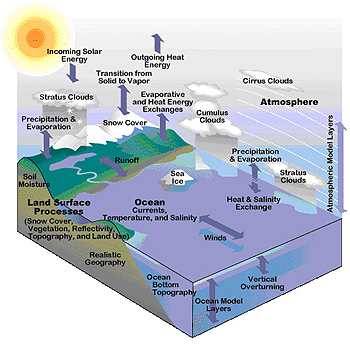What’s in a global climate model? The Community Climate System Model (CCSM version 3) that is run with the supercomputer at the National Center for Atmospheric Research incorporates data about all of the natural processes shown in this diagram to simulate Earth’s complex climate system.
Click on image for full size
UCAR
How Climate Models Work
A global climate model uses math to describe the things that happens on Earth everyday, things like wind, stormy weather, ocean currents, and growing plants.
When a large climate model is run on a big computer called a supercomputer, it solves hundreds of difficult math problems over and over to show what Earth’s climate is like. The model runs through simulated days, weeks, months, and years. Usually this is done to make climate predictions for 100 or more years into the future. Sometimes models are run backwards to find out how climate may have changed thousands or even millions of years in the past.
Global
climate models represent how natural processes of our planet work using an imaginary grid that covers the planet. The grid isn’t really there. It is part of the model. It covers the surface of the modeled Earth and extends upward in layers through the modeled atmosphere. At every point where the lines of the grid cross, the model makes its calculations. Small things that happen between a model’s grid points cannot be “seen” in the model results, but they can be described in other ways. Some models have wide spacing in the grid. This means that there are fewer points where the model calculates. These models run faster and are useful when less detail is needed. Some models have very closely spaced grid points. These are much more detailed models and it can take a long time for the supercomputer, even a fast one, to run the model.
Last modified July 18, 2007 by Lisa Gardiner.
You might also be interested in:
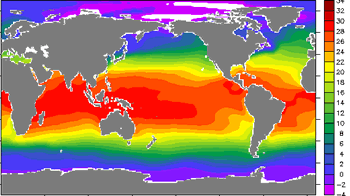
How do you know to pack your bathing suit and sunhat for a trip to a tropical island or pack warm sweaters and coats for a trip to Alaska? If you know a little about regional climates, then you know what
...more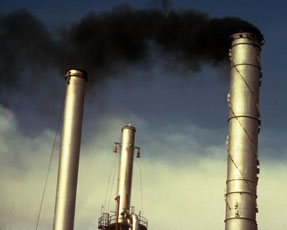
Leaders from the countries of the world are heading to Copenhagen, Denmark in December 2009 to decide how the world will deal with climate change. They will make decisions about how to send less greenhouse
...more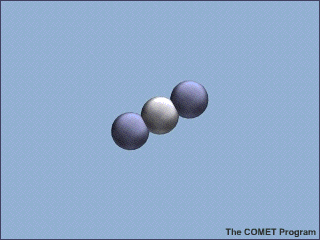
Only a tiny amount of the gases in Earth’s atmosphere are greenhouse gases. But they have a huge effect on climate. There are several different types of greenhouse gases, but they all have something in
...more
Some satellites study Earth from space. Some of them study our atmosphere and weather. Some take pictures of clouds. Others use special instruments to make measurements of temperature, humidity, or the
...more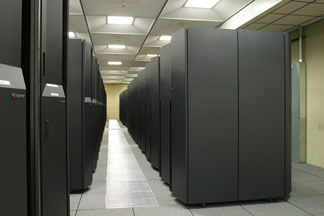
To figure out what the Earth might be like in the future, scientists need to know how Earth reacts to changes. Models help scientists to better understand how the Earth works and how it will react to climate
...more
Have you ever taken your temperature to see if you are getting sick? Scientists have been taking the Earth's temperature and have found that it is getting warmer. During the past 100 years, the Earth's
...more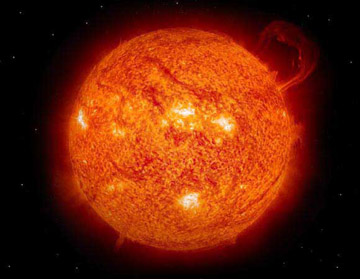
The Sun Climate can change if there is a change in the amount of solar energy that gets to Earth. A change in the solar cycle can impact climate. The effect is too small to be the reason that global warming
...more


